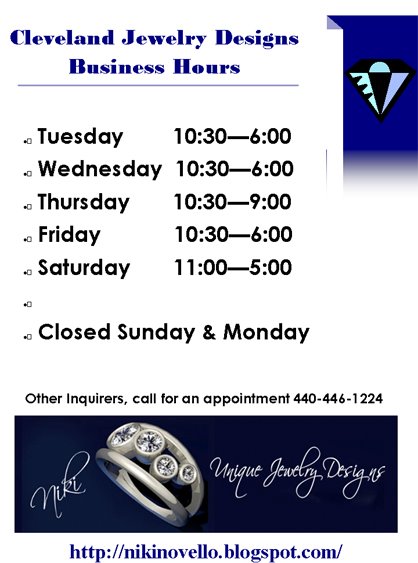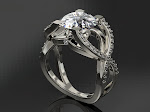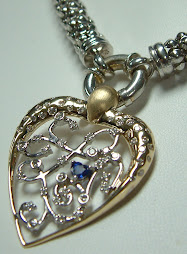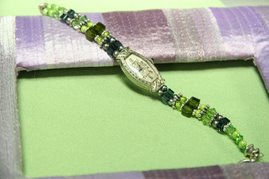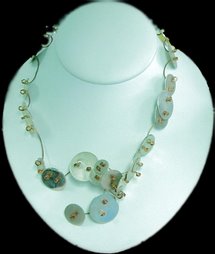
THE ORIGIN OF CHAMPAGNE DIAMONDS
In Australia’s isolated outback, the world’s largest diamond producer excavates millions of tons of rock in search of its exquisite jewels. In a land of rugged mountain ranges, deep gorges and arid savannah, lies the Argyle Diamond Mine – where the red earth yields enough diamonds to pave set an entire tennis court – and among them are the world’s largest supply of natural champagne- and cognac-color diamonds. The Argyle Diamond Mine, 100%-owned by Rio Tinto, is located in the isolated East Kimberley region of Western
Australia, 2,500 km (app. 1,550 mi.) from Perth, the capital of Western Australia. At 2 km long (app. 1.2 mi.), 1 km wide (app.
0.6 mi.) and almost 1 km deep, the open pit Argyle mine redefines the word “big.” It has been worked continuously, around the
clock, 365 days a year, since 1983, and its ancient volcanic pipe has yielded more than 670 carats of diamonds, including the
beautiful champagne and cognac gems. The Australian Aborigines, who are the traditional owners of the land on which the
Argyle mine has been built, believe the Argyle mine was formed when a barramundi fish escaped through a spinifix net. The
colors of the Argyle diamonds are believed to have come from different parts of the barramundi. The scientific explanation for the origin
of color in brown diamonds has to do with trace elements in the lattice structure. Tremendous pressure exerted on a diamond
deep in the earth can abnormally compress and distort its structure, thus creating a red, pink, purple or brown stone. Evidence of
graining, which scientists attribute to extreme pressure under the earth, can be seen at 10x magnification in many Argyle
natural color diamonds. The formation of natural color diamonds is a process that requires the presence of not only the original magical formula for all diamond creation of unimaginable heat and pressure placed on carbon crystals, but the presence of additional trace
elements as well. If nitrogen, boron, hydrogen or another element interacts with carbon atoms during a diamond’s creation,
the diamond’s color can change. Radiation during the creation process also can impact a diamond’s color. The physical conditions necessary to color a diamond naturally occur very scarcely, making natural color diamonds extremely rare. How rare? For every
natural color diamond, there are 10,000 colorless diamonds that have made the arduous journey to the earth’s surface. It is
this entirely natural process of geographical formation which ensures that each natural color diamond is one-of-a-kind.
Approximately $5 billion of champagne and cognac diamond jewelry is sold annually throughout the world – easily making
these stones the most accessible of all natural color diamonds. From collectors to royalty to Hollywood celebrities, champagne diamonds
have always been in vogue. The popularity of these “new classics” can be traced all the way back to the 17th century, when Cardinal Jules Mazarin, the chief minister of France, was an avid collector. Today, some of the world’s most important diamonds are natural
color champagnes. Case in point: The world’s largest cut natural diamond is a dark rich champagne stone, the Golden Jubilee, which possesses a magnificence and mystery all its own. The Golden Jubilee, at 545 carats, was offered to the King of Thailand in
1997 to celebrate the 50th anniversary of his ascension to the throne. Polishing the stone took no less than three years.








